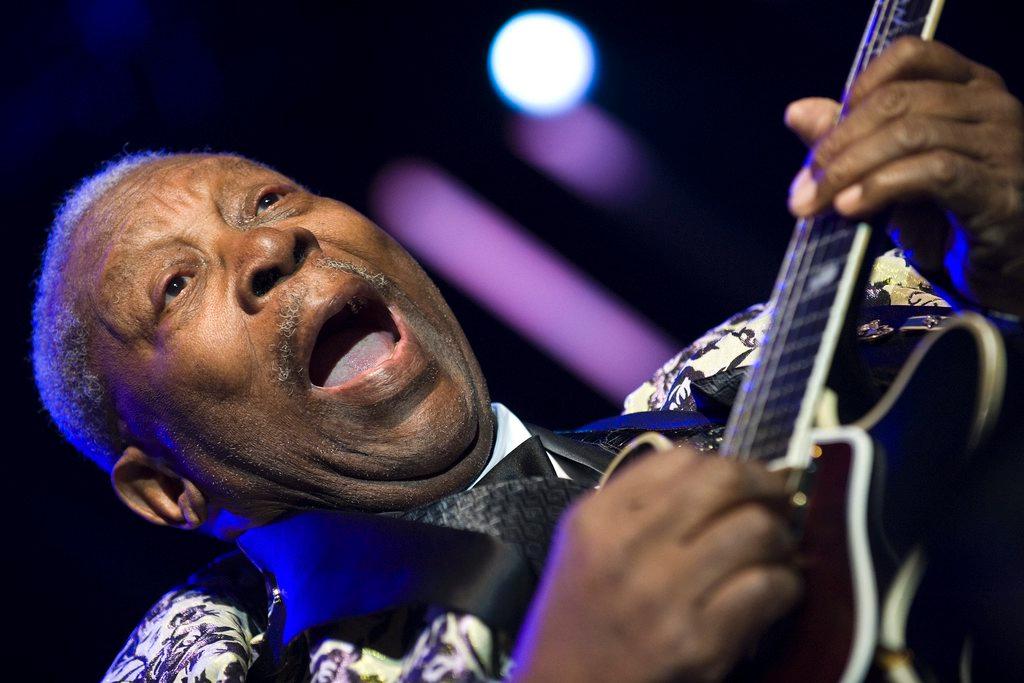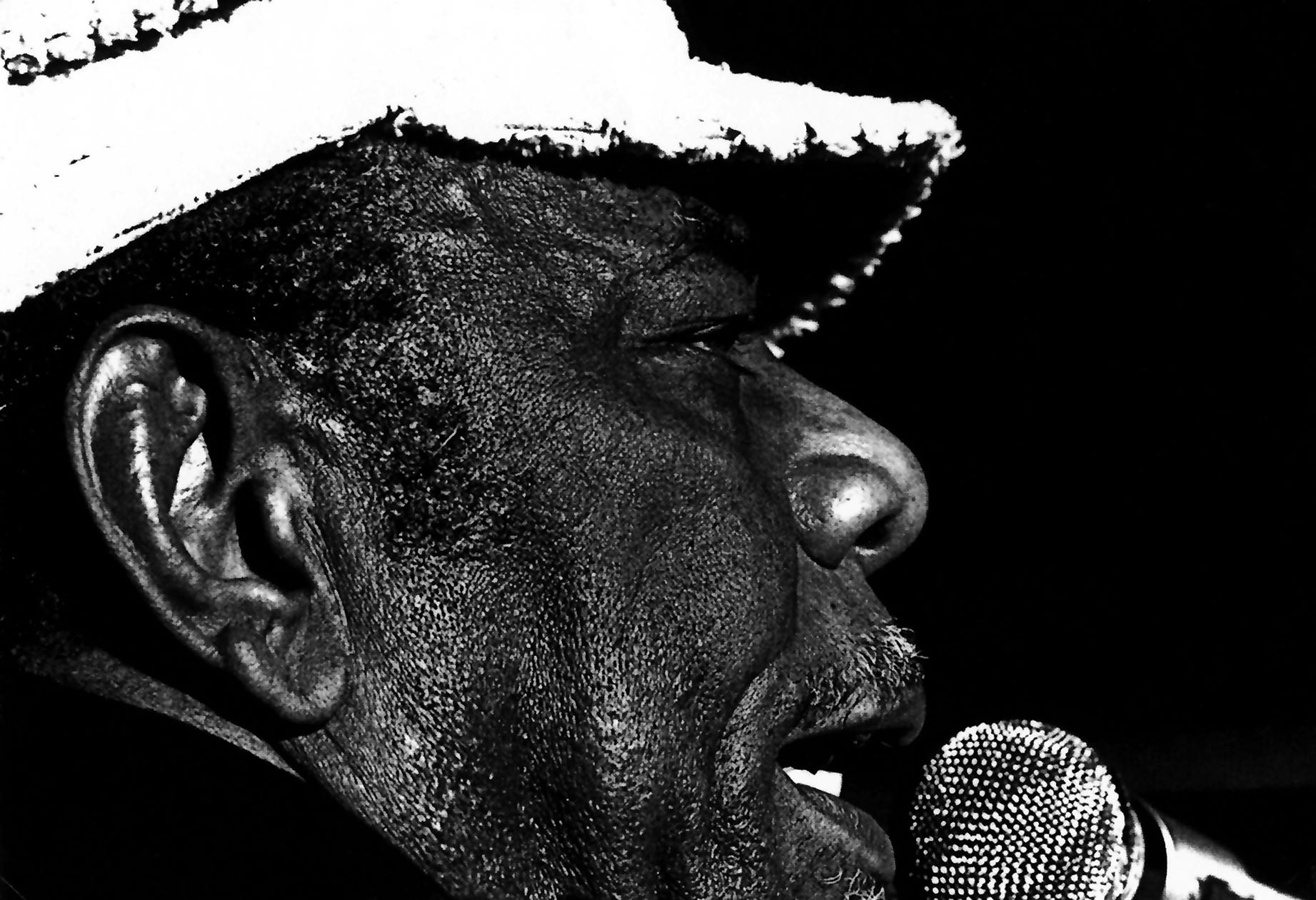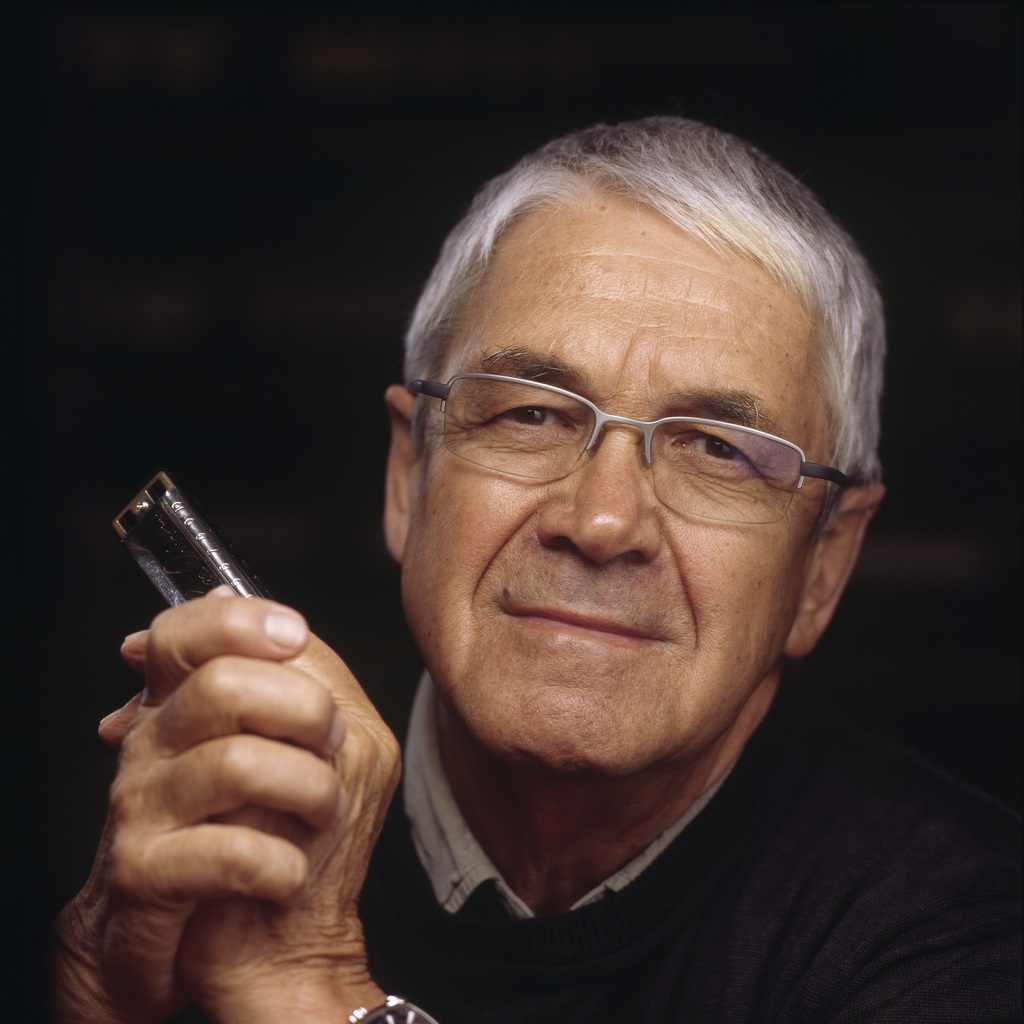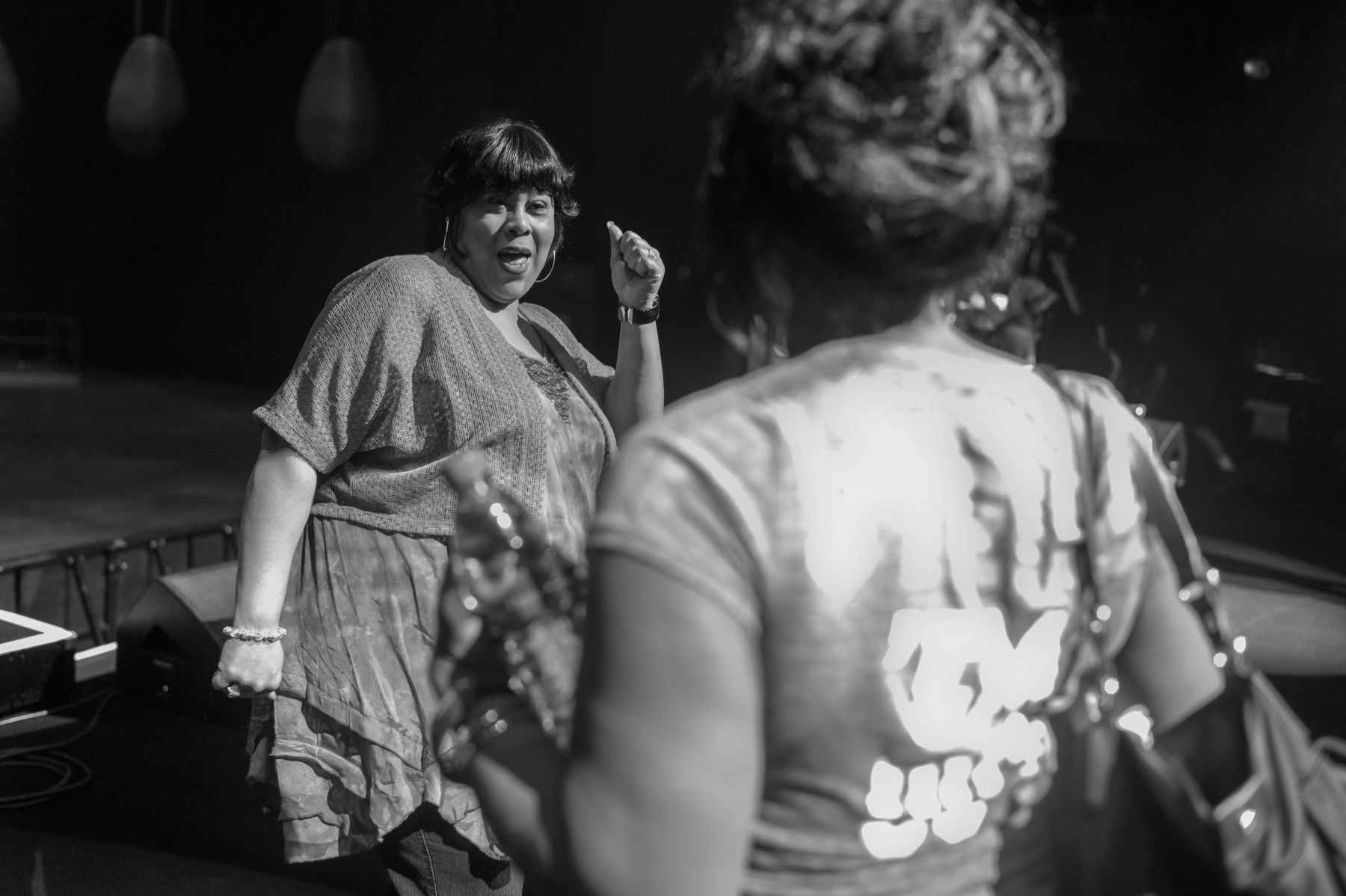Montreux and Bern jazz festivals share treasures

High-quality images and acoustics capturing irreplaceable moments from the history of jazz and blues will soon be accessible to the public.
The International Jazz Festival BernExternal link is bringing out the Jazz & Blues Artbox, featuring DVDs of its archives, while the Montreux Jazz FestivalExternal link’s archive, including rock and pop gems, will soon be completely digitised.
The history of the Jazz & Blues Artbox can be traced back to 2004, when Peter Schellenberg, then director of Swiss public television, SRF, and Hans Zurbrügg, founder of the Jazz Festival Bern, met for lunch. Zurbrügg recalls that when he asked Schellenberg whether the recordings from the festival would be archived, Schellenberg answered: “I can’t archive everything that we produce. Besides, we have already exhausted our rights to those recordings.”
Between 1983 and 2002, all of the concerts from the Jazz Festival Bern had been broadcast live and recorded by Swiss television. But the tapes were subsequently stored away and forgotten in a cupboard in a Zurich television studio. Hans Zurbrügg rented a hotel room near the studio, and Schellenberg gave him access to the studio’s infrastructure. For the next three weeks, Zurbrügg went to the studio to watch and listen to the recordings from 7am to 11pm every day.
“It really opened my eyes. I was really impressed by the sound and picture quality, as well as by the high quality and originality of the music. Since I was always busy with organisational details during the festival, I was only ever able to watch bits and pieces of the concerts.”
Montreux Jazz Festival
All concerts have been recorded since it first began. “Live at Montreux” with the “Bill Evans Trio” was the first record production in 1968. Since then, some 500 CD and DVD productions have carried the “Live at Montreux” label.
In 2008, founder Claude Nobs bequeathed his archive of the festival to Swiss Federal Institute of Technology Lausanne (EPFL) with the mandate to digitise the tapes. The project will be completed at the beginning of 2016. After Nobs’ death in January 2013, Mathieu Jaton was named director. He has worked for the festival since 1999.
In July 2016, the Montreux Jazz Festival will celebrate its 50th anniversary.
Zurbrügg received a copy of the recordings. A German company took an interest in them, and planned to analyse the archive. Due to business difficulties – and to the fact that sales of CDs and DVDs were plummeting – the firm could not honour the agreement.
Obtaining rights
In 2011, Zurbrügg once again took matters into his own hands. “The main reason was not that we had already done so much work. It was instead the recognition that the recordings would be extremely valuable for the young generation of musicians and jazz fans. That’s why I looked for and found partners who would finally support the project.”
Now came the second, painstaking part of the project: obtaining the musician’s rights to publicly release the recordings. Zurbrügg travelled to the US, where most of the musicians came from. He approached hundreds of contacts and negotiated with the musicians. Some of the artists who had played in Bern had since passed away, so Zurbrügg had to find the heirs of stars such as Gerry Mulligan, Oscar Peterson, and Dizzy Gillespie to obtain the musicians’ rights. In the end, Zurbrügg entered into 738 rights agreements.
He certainly made an impression. “What you’re doing is crazy! It’s phenomenal,” American producer and pianist George Wein told him. For Zurbrügg, obtaining the musical rights was a very positive experience. “When you’re totally convinced about doing something, and can assume that you will receive the necessary help to do so, then you have to go ahead and do it,” Zurbrügg explains. “I also thought that a lot of people would benefit from this and enjoy it.”
The Jazz & Blues Artbox is a piece of USM Modular Furniture. It consists of 230 meticulously edited DVDs, booklets with liner notes on the musicians, and a book. The edition is limited to 5,000 sets. An Artbox costs CHF8,400 ($8,155), plus value-added tax and transport costs.
Potential buyers include jazz fans, jazz schools, universities and museums throughout the world, according to Zurbrügg.
International Jazz Festival Bern
Hans Zurbrügg, a hotelier and amateur trumpet player, founded the festival in 1976. The festival is held every May.
In 2013, Zurbrügg received the “Beacons in Jazz Award” from the New School University in New York, joining the ranks of jazz icons such as Cab Calloway, Benny Carter, Aretha Franklin, Dizzy Gillespie and Max Roach.
Trumpet legend Wynton Marsalis describes the Artbox as the “most comprehensive collection of video recordings ever put together” and refers to its educational value for the young generation of musicians who “can no longer experience the great musicians and the authentic, undiluted jazz of the 20th century”.
Becoming publicly accessible
From the beginning, the Montreux Jazz Festival was not strictly focused on jazz and blues; rock and pop musicians, rappers and DJs also appear on stage.
Montreux also chose a different path when it came to publicly releasing its archives. Festival founder Claude Nobs, who died on January 10, 2013, had handed over his entire archive of 10,000 audio and video tapes with more than 5,000 hours of concert recordings to the Swiss Federal Institute of Technology Lausanne (EPFL) a few years previously in order to digitise the analogue tapes. In April 2013, Nobs’ legacy – the collection of concerts – was included in UNESCO’s Memory of the World Register.
“After nearly eight years, all of the tapes will be digitised by the beginning of 2016,” Mathieu Jaton, the current director of the Montreux Jazz Festival, told swissinfo.ch. That doesn’t mean, however, that the concerts will be accessible online all the time and throughout the world. “The artistic rights remain with the artists; we have the production rights. If we want to use something, then we have to obtain the corresponding rights,” Jaton says.
Nevertheless, the Montreux recordings are becoming publicly accessible in increments. For example, 500 DVDs and CDs are already on the market, with the artistic rights accounted for. In addition, for the past few years, the Montreux Jazz Festival has contractually agreed to the non-commercial use of the recordings in the Montreux Jazz Cafés in Montreux, Geneva, Zürich, Paris, London and Abu Dhabi. That means the cafés can show a playlist of parts of Montreux concerts on big screens.
“In the second phase, which starts next year, there will be private replay stations where entire concerts can be called up and played on an iPad or screen,” says Jaton. “We are in the process of evaluating the technology. We have the rights for a large part of the concerts, but not all of them. There are concerts for which we only have the rights for three pieces rather than the whole event.”
The Montreux archive at EPFL will offer customised and almost unlimited access in the public Montreux Jazz Café, which is slated to move into a new building designed by Japanese architect Kengo Kuma at the end of 2016. “EPFL made the whole archive accessible because it has the rights to use the archive for educational purposes,” says Jaton.
Catherine McLean

In compliance with the JTI standards
More: SWI swissinfo.ch certified by the Journalism Trust Initiative












You can find an overview of ongoing debates with our journalists here . Please join us!
If you want to start a conversation about a topic raised in this article or want to report factual errors, email us at english@swissinfo.ch.